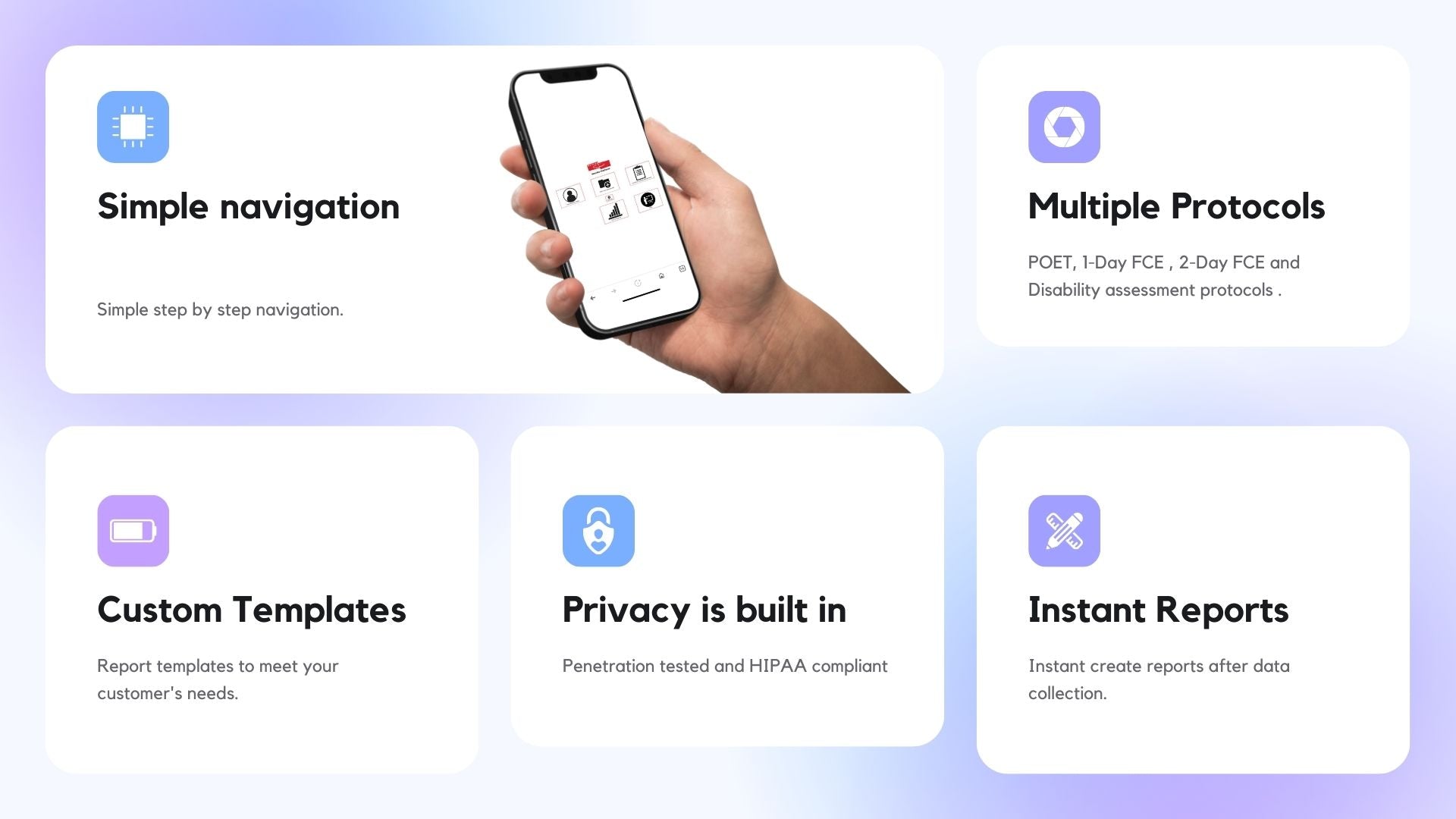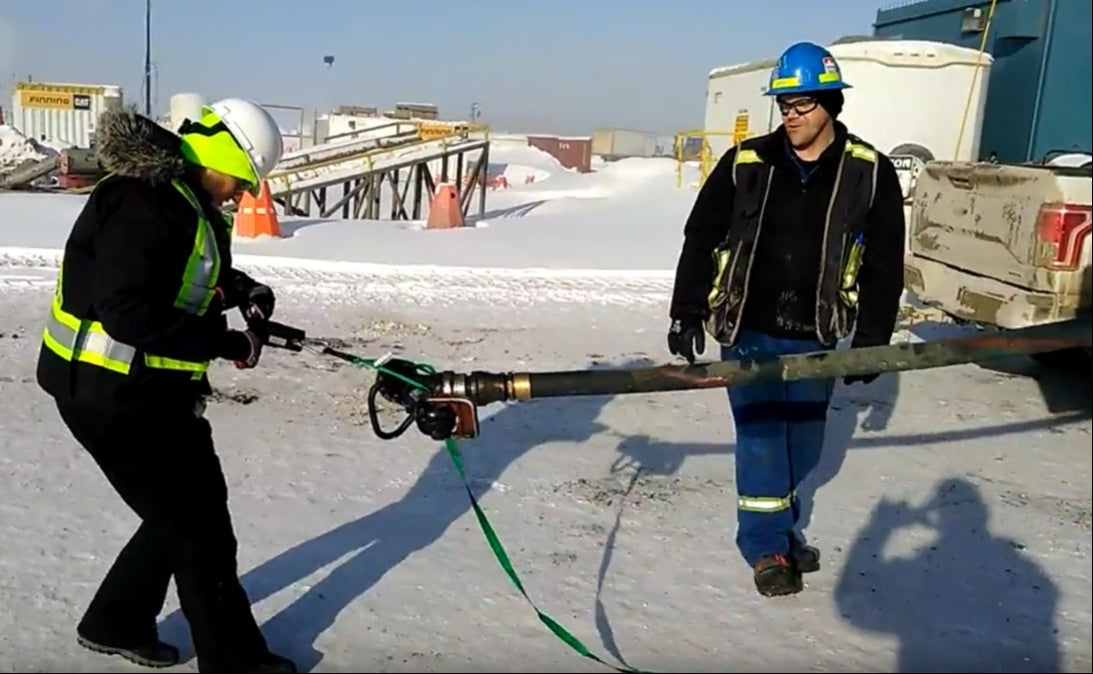Are you a therapist thinking about getting involved in assessments for insurance or employers?
Excellent, you have come to the right place. This article can help you.
Have you ever wondered about the proper rules and regulations about doing these assessments?
Let’s start with a real example, how do you know what someone does at Work?
The U.S. Department of labor published a book called “The revised handbook for analyzing jobs”. Whew, that is a mouthful, let’s call it the HAJ from now on, but now we have a resource for all the rules and regulations.
 Let’s take a peek at what’s inside:
Let’s take a peek at what’s inside:
Chapter 1 is titled: Job Analysis: What it is and its uses. The first paragraph in the HAJ states:
“Job information is the basic data used by industry, governmental and private agencies, and employee organizations for many human resource programs…The data must be accurate, inclusive and omitting nothing pertinent to the program; The techniques for obtaining and presenting this information are known as “job analysis”

So what do we need to “analyze?” The HAJ says to study:
- The functions of the workers - The worker’s relationship to data, overall people involved and things.
- The types of methodologies and techniques that are implemented.
- The aids and resources that are used by the workers - machines, tools, equipment and work aids
- The overall results - materials, products, subject matter or even services
- Worker characteristics that are contributing factors to the success of the job.
Now, we have a recipe to follow, and we can feel confident that this recipe is going to yield good results because the US Department of Labor is a trustworthy resource.
The HAJ was created to ensure that specific procedures are being followed to meet the occupational information needs for our purposes in job analysis as well as various other human resource programs.

Now that you have a basic understanding, let's talk about where job analyses are most commonly used?
- Recruitment and placement: Provides meaningful and correct job data for recruitment and selection of workers.
- Better utilization of workers: Determining job relationships useful in the transfer and promotion of workers to facilitate the opening of job opportunities at the entry level. Determining actual physical demand of the job and suggesting job adjustments to facilitate improved utilization of workers with a disability.
- Job restructuring: job restructuring jobs to make better use of the available workforce: and to assist in opening opportunities for jobs for people who are less than fully qualified, in overall facilitating the placement of workers in hard-to-fill-jobs, and in providing trainee jobs.
- Vocational counseling: furnishing the vocational counselor with an assessment of the tasks and requirements of jobs and of the avocations, training and experience that lead to them, as a basis for vocational counseling.
- Training: Determining training needs and developing training programs. The content of the training curriculum, the amount of time required for training, and the basis for the selection of trainees depend, in part, upon knowledge of the jobs.
- Performance evaluation: An objective is important as it helps develop performance standards
- Occupational safety: Overall improving safety through the identification of job hazards.
Job analysis is the cornerstone of disability management and occupational health programs Wow! That is a useful tool!
Do you want to learn more about what is inside the Revised HAJ? Well do not go anywhere! We will provide you with relevant information every week to help strengthen your knowledge!
References
Training Administration. (1991). The revised handbook for analyzing Jobs. US Government Printing Office.



